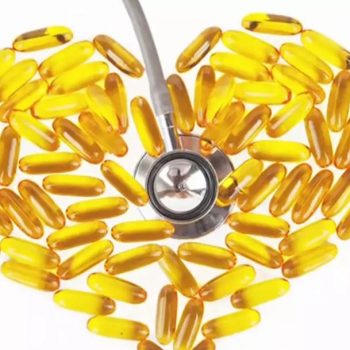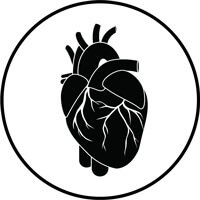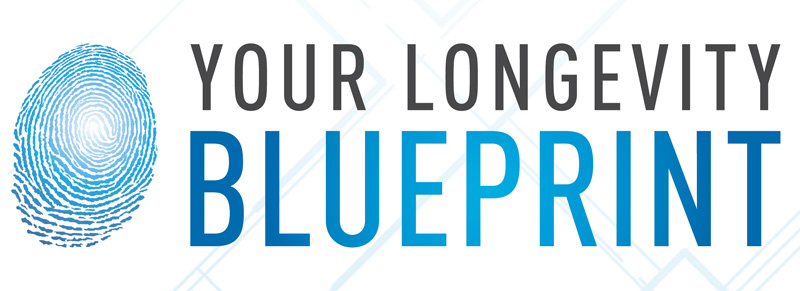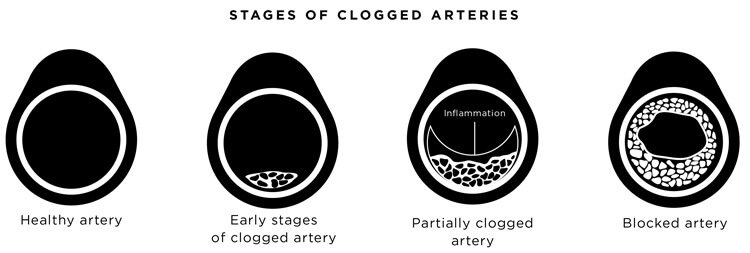

Understanding the Leading Cause of Death
It’s no secret that diseases of the cardiovascular system are the leading cause of death in both men and women in the United States. According to the Centers for Disease Control and Prevention (CDC), one in every four deaths is from cardiovascular disease (CVD). Every year, three quarters of a million Americans experience a heart attack. Annually, approximately one in every six US health care dollars is spent on CVD. In 2011, heart disease and stroke cost the nation an estimated $316.6 billion in health care costs and lost productivity (CDC 2017).

In my book, Your Longevity Blueprint I compare the plumbing in your house to the cardiovascular system within the body. Think about it….in your home you depend on water for everyday activities—bathing, brushing teeth, washing hands, cleaning the dishes, doing laundry—so you need your plumbing to get you through the day clog-free. Most individuals also understand that grease poured down the drain will inevitably harden, leading to a clog. Similarly, our bodies depend on blood, which carries oxygen, vital nutrients, and even hormones to all our organs. And just like clogged pipes in a house can lead to problems, clogged veins can lead to serious health consequences. Heard the term atherosclerosis before? That literally means hardening of your veins, yikes!
What contributes to cardiovascular disease (clogged pipes)?
I’m gonna get real here for a minute….does “leading cause of death” mean much these days? I think we as a society almost accept this… and may not feel that we can do much about it! This is simply not true. Yes, heart disease is common, but that doesn’t mean it’s normal or ok! There are several things we can do to reduce our overall risk and keep our veins from getting clogged!
There is conflicting data on whether or not cholesterol is truly the biggest risk factor these days. More on that below. Many of my patients don’t make this connection, but overall the main goal with heart disease prevention is to reduce inflammation, so limiting inflammatory foods like sugar and alcohol is ideal. You may not want to hear it, but this is the truth. Sure.. one 3-5 ounce glass of red wine has some antioxidant benefits and can help to thin the blood, but overall it’s a glass full of sugar which actually can increase risk factors for CVD (like diabetes and high blood pressure). It’s healthier to avoid the alcohol, as many individuals won’t stick to only one glass anyways.
Moving right along…when your vascular system is inflamed (damaged), cholesterol and especially triglycerides (sugar) in your blood stream are more likely to stick to the vessel wall. What starts as a fatty streak eventually leads to a larger plaque which can rupture causing a heart attack in the heart or stroke the brain….what we want to avoid, right?!
How else do you do reduce inflammation? First, avoid your food sensitivities that are inflaming the gut because this inflammation doesn’t only remain in the gut, it can cause inflammation elsewhere too, like in your vascular system! For many of my patients, grains, dairy, and even eggs can trigger inflammation. Some patients know these foods illicit inflammation due to the joint pains they experience, but “feeling” cardiovascular inflammation is not so simple.
So how do you know if you are at risk? How do you test for it?
How do you know if your pipes (aka, your vascular system) are becoming clogged? Not every patient with heart disease has obvious symptoms like chest pain alerting them the problem already exists, aka their pipes are already clogging! That’s why heart disease is known as the silent killer!
Knowing family history is definitely worthwhile. If you know your father or grandfather had an aggressive disease, you can intervene sooner. You can start implementing lifestyle changes to reduce your overall risk!
General recommendations for helping reduce cardiovascular risk include: exercising daily, taking heart healthy Omega 3s, and even CoQ10 (especially if you take a medication like statins or blood pressure medications that can deplete it), and limiting alcohol.
However, in my opinion the BEST way to personalize treatment to reduce your risk is to get tested…beyond a regular cholesterol panel.
At the Integrative Health and Hormone Clinic we explore further, beyond a basic lipid (cholesterol) panel because just as many individuals with low cholesterol have heart attacks as do individuals with high cholesterol. Why? If we only look at lipids we are still missing inflammation and particles.
The type of advanced testing I offer to my patients is often called a lipoprotein particle analysis with subfraction measurements of cholesterol including lipoproteins or transporters of cholesterol and triglycerides through the bloodstream. The number and size of these lipoproteins may better predict their atherogenic potential—or, their potential to promote the formation of fatty plaques in the arties.

Utilization of these tests is the BEST way to help assess my patients risk!
YOUR 1-2-3: Yes, heart disease is common. It’s the leading cause of death, but there is also something we can do about it!
- The first step is obtaining a comprehensive assessment!
- Changing to an anti-inflammatory diet is a great next step.
- Supplementing with heart healthy nutrients is my number three!
If you are interested in this testing, call 319-363-0033!

